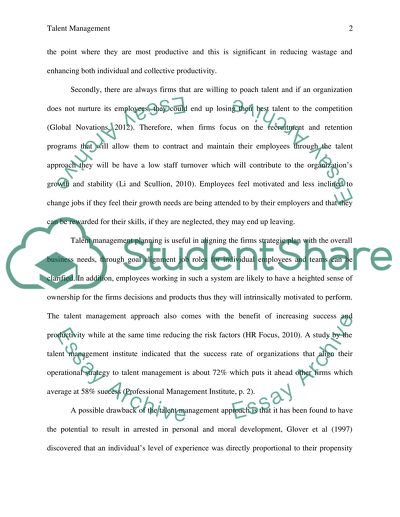Cite this document
(“Talent Management Essay Example | Topics and Well Written Essays - 2000 words”, n.d.)
Retrieved from https://studentshare.org/human-resources/1492942-talent-management
Retrieved from https://studentshare.org/human-resources/1492942-talent-management
(Talent Management Essay Example | Topics and Well Written Essays - 2000 Words)
https://studentshare.org/human-resources/1492942-talent-management.
https://studentshare.org/human-resources/1492942-talent-management.
“Talent Management Essay Example | Topics and Well Written Essays - 2000 Words”, n.d. https://studentshare.org/human-resources/1492942-talent-management.


